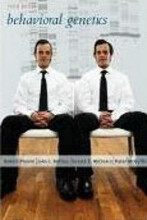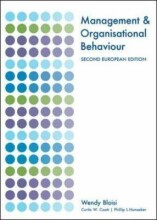Try our study magic for free
Summary: Accskills 1
- This + 400k other summaries
- A unique study and practice tool
- Never study anything twice again
- Get the grades you hope for
- 100% sure, 100% understanding
Remember faster, study better. Scientifically proven.
a PDF, study it super fast
- No sign up, email or credit card needed!
- AI makes unlimited flashcards
- Get unlimited quizzes and tests
- Ask AI anything
Create a notebook
- No sign up, email or credit card needed!
- Have and keep perfect overview
- Make flashcards, notes and mind maps
- Review, test and score!
Read the summary and the most important questions on Accskills 1
-
1 The accounting equation and the statement of financial position
This is a preview. There are 9 more flashcards available for chapter 1
Show more cards here -
Which seven key ingredients were required before a formal system could be developed?
- Private property
- Capital
- Commerce
- Credit
- Writing
- Money
- Arithmetic
-
With which principles must an accountant comply according to the IFAC code?
- Integrity
- Objectivity
- Professional competence and due care
- Confidentiality
- Professional behaviour
-
With what is accounting concerned with?
- Recording data
- Classifying and summarising data
- Communicating what has been learnt from the data
-
What is the statement of financial position?
It shows the financial position of an organisation at a point in time, thus it presents a snapshot. It comprises those accounts with balances not included in the income statement. -
Where is the creditor shown in the statement of financial position?
In the accounts payable. -
2 The double entry for assets, liabilities and capital inventory
This is a preview. There are 4 more flashcards available for chapter 2
Show more cards here -
What is a T-account?
Account with a t-shape. -
What are the double entry rules for bookkeeping?
Assets increase -> DebitAssets decrease -> CreditLiabilities increase -> CreditLiabilities decrease -> DebitCapital increase -> CreditCapital decrease -> debit -
What do you need to include when making an entry for a transaction?
- The date of each transaction- Cross-reference title of the other account- Appropriate column headings -
How are accounts payable and accounts receivable treated in the accounting books?
There is a separate account maintained for each creditor and debtor. -
What is the rule of benefit?
Identify the accounts affected by a transaction. Debit the account for which there has been an increase in benefit; credit the account which there has been a reduction in benefit.
Read the full summary
This summary +380.000 other summaries A unique study tool A rehearsal system for this summary Studycoaching with videos
- Higher grades + faster learning
- Never study anything twice
- 100% sure, 100% understanding
Topics related to Summary: Accskills 1
-
Balancing-off accounts
-
Income statements: an introduction
-
Statements of financial position
-
Income statements and statements of financial position: Further considerations
-
Accounting concepts and assumptions
-
Books of original entry and ledgers
-
Cash books
-
Sales day book and sales ledger
-
Returns day books
-
The journal
-
Value added tax
-
Employees' pay
-
Capital expenditure and revenue expenditure
-
Bad debts, allowances for doubtful debts, and provisions for discounts on accounts receivable
-
Depreciation of non-current assets: nature and calculations






























